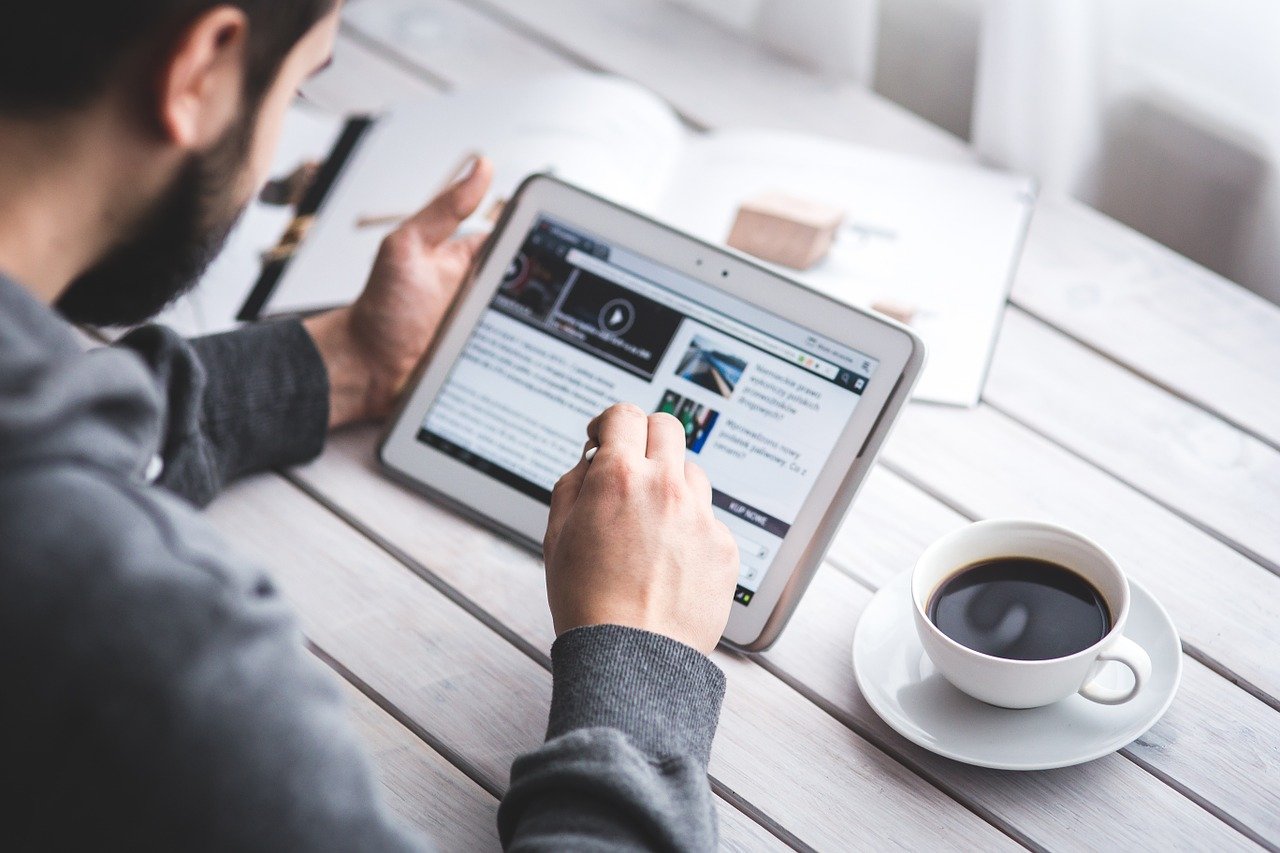Technology is advancing at a rapid pace. People used to tell tales verbally before the invention of printing. The written word was then used to create density books. Now, readers have caught up with technology and are available in a digital version. In ways, laptops, pads, and smartphones have altered the way we study and think. The straightforward enjoyment of reading has always been against the pervasiveness of contemporary technology in almost every area of life. With so many venues and gadgets accessible to the average reader, the physical book, although not yet dead, maybe on its way out. Would you please continue reading to learn about the various ways that technology has influenced our study habits in recent times
And how is this affecting our minds?
Some neuroscientists think that reading shorter texts the manner we do on the internet, hopping from hyperlink to hyperlink, changes our brain circuitry. We’re growing better at looking for essential words and skimming for information, and it’s becoming tougher to read a lengthy document from beginning to end without skipping important details.
Apps and websites.
What’s worse than discovering after a long journey that you have forgotten your favorite book. This is no longer a frequent issue for bookworms, thanks to the fast growth of digital reading tools. There are a lot of applications available that are intended to make reading on the move easier. You may choose a book to read, keep track of the progress, and even write reviews. Joining a network of millions of individuals who share your interests may motivate you to study more and for more extended periods. Readers are far more inclined to start up where they left off when they don’t have to carry around actual books. Books may now be downloaded to your laptop, smartphone, or other smart devices, making it simpler than ever to read a few chapters on your commute.
Textbooks are Interactive
Textbooks are no longer just a bunch of flat text on a page with a few valuable pictures strewn around. With the advancement of technology, textbooks have transformed. With web-based material, they are now interactive. Students may take tests with immediate feedback while reading a textbook, see animations that assist them to comprehend the subject, access additional resources, watch movies, and interact with other learning staff. Students will access this material and tote eight textbooks at a time without experiencing back pain, thanks to eReaders.Because of the resources and devices used to access information, technology alters and develops the way we read and learn. Traditional methods of gathering information, such as recounting oral tales, will become obsolete as this technology improves.
Social media
Social media have profoundly influenced our reading habits. It controls our everyday lives and has significantly affected how we consume text on the internet. Digital equivalents have supplanted physical books as a primary source of amusement for youngsters all around the globe. Social media and video games have replaced the traditional methods of reading and telling tales. We’re still reading but differently this time. Many websites are devoted to encouraging kids to create their stories by making their characters, settings, and plots. Reading is just one of many pastimes that have become digitized in recent years as technology advances permeate everything we do.

